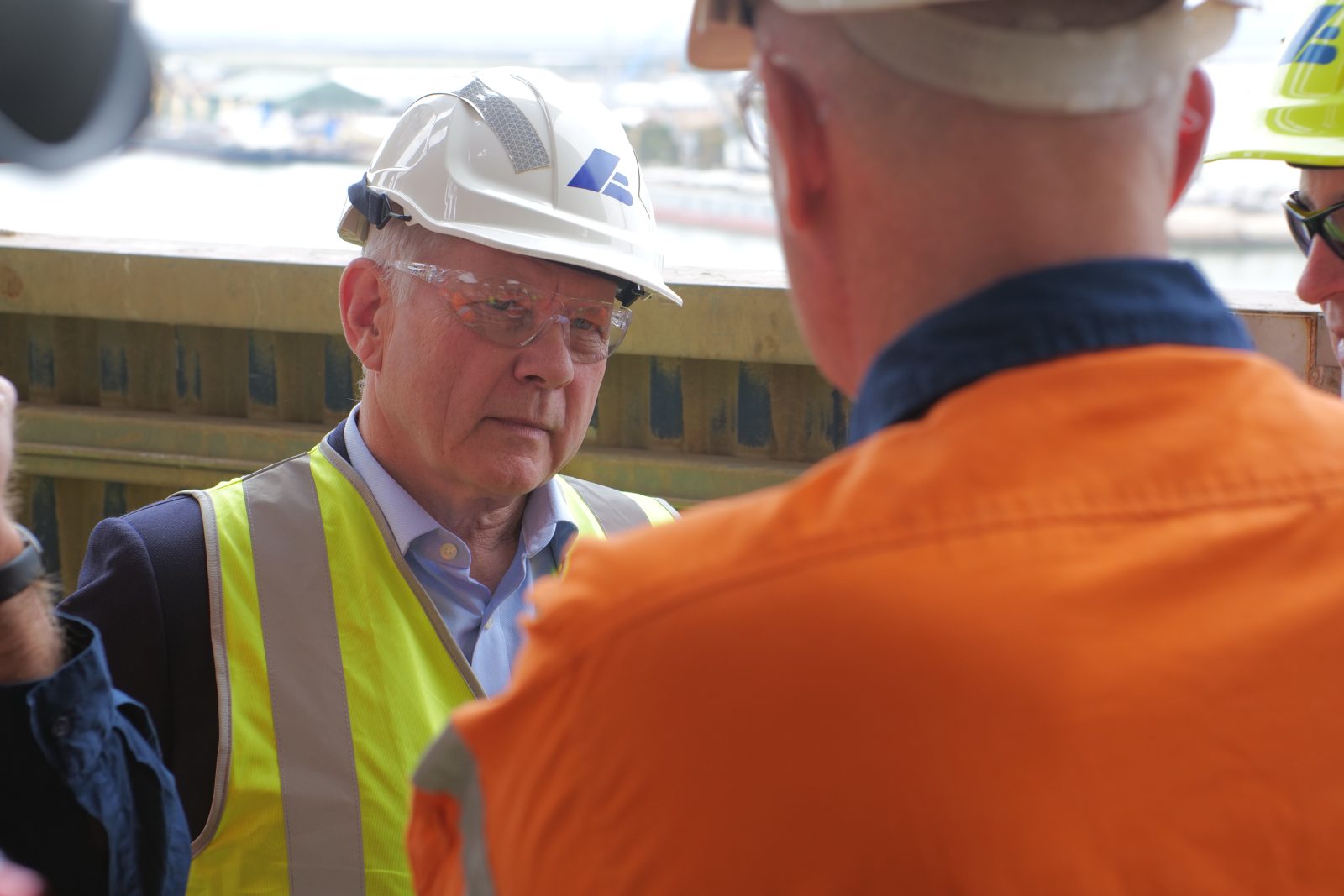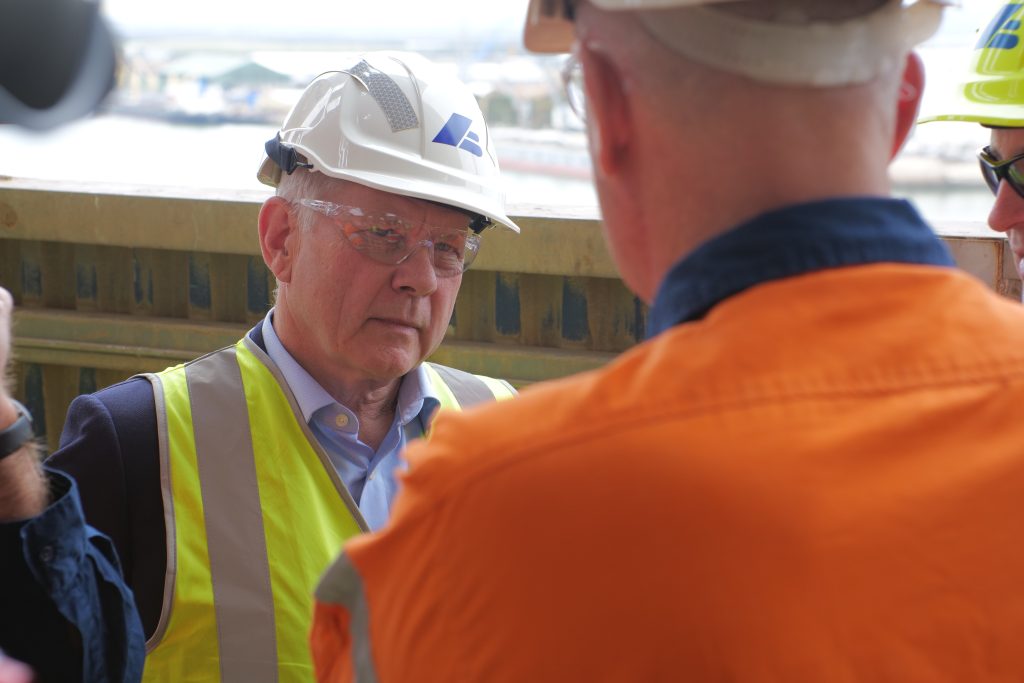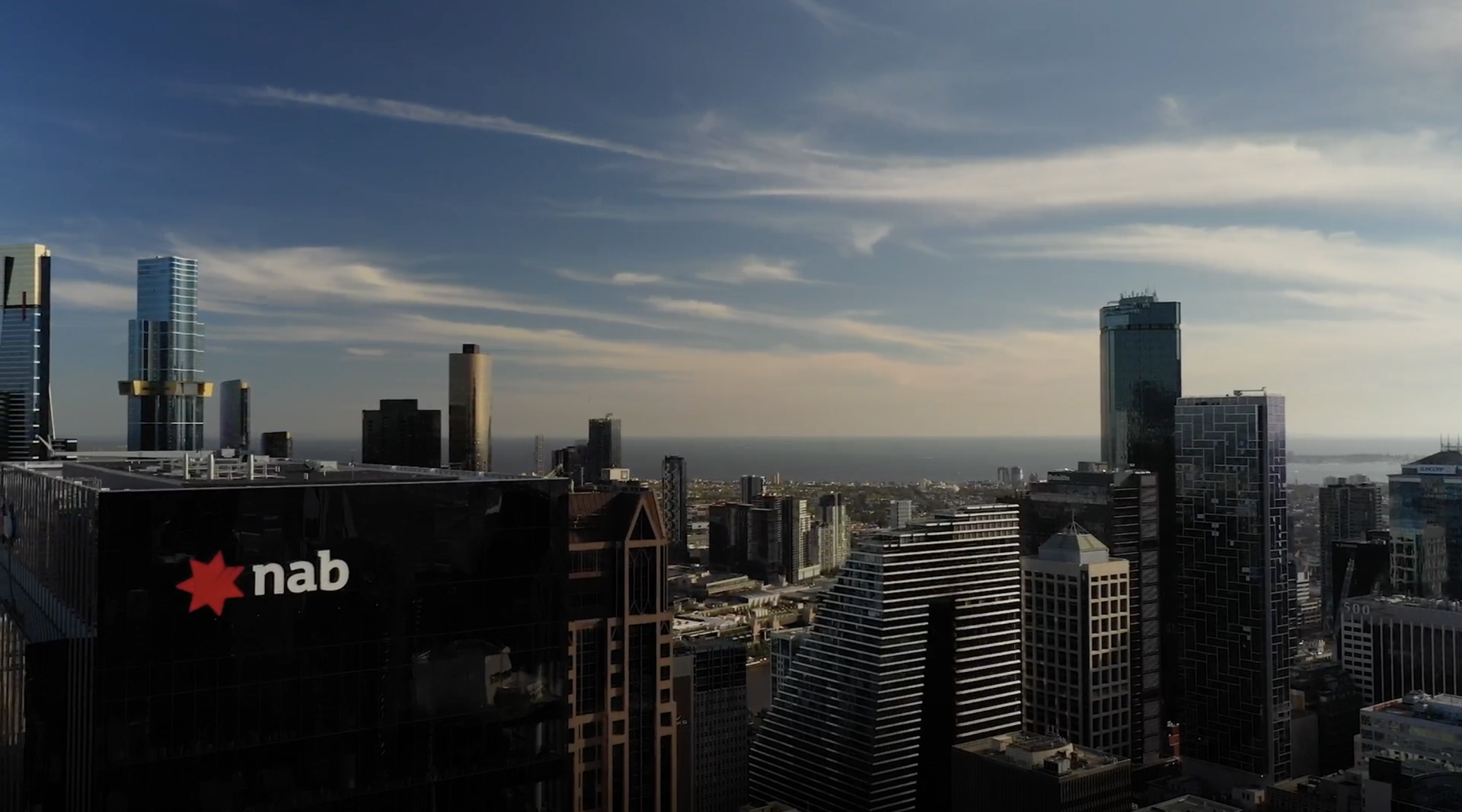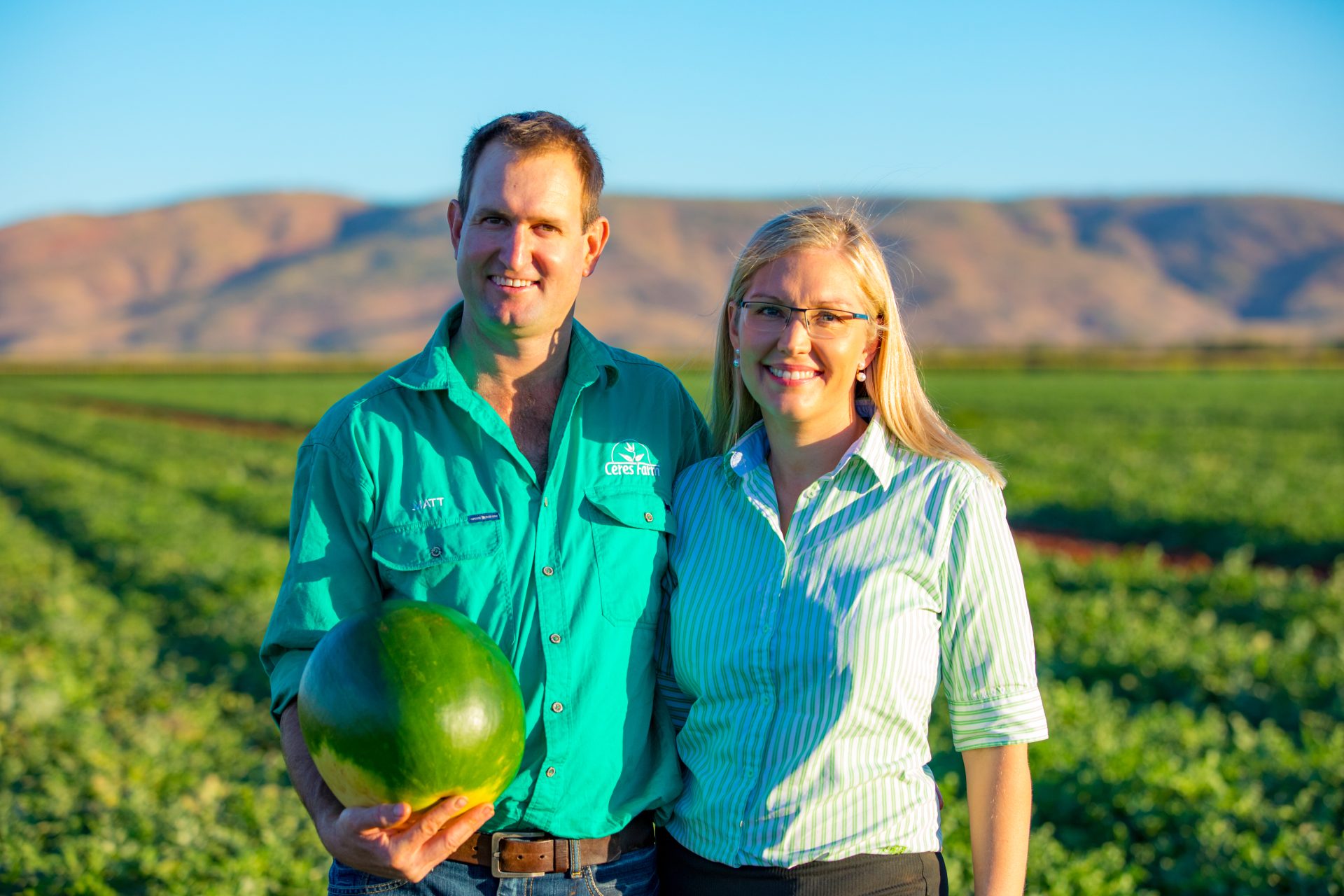Cement production is a carbon emissions intensive process that is considered one of Australia’s hard-to-abate sectors. Yet cement is a critical ingredient in building Australia’s net zero emissions future.
Australian cement manufacturer and NAB customer, Adbri (formerly Adelaide Brighton), is taking exciting steps toward reducing emissions and supporting a low carbon economy.
“Through producing cement, we contribute to decarbonisation by supporting necessary infrastructure and renewable solutions,” Adbri CEO, Mark Irwin, said.
“Cement and concrete are required in the foundations of wind turbines, pumped hydro dams, tidal power and more.”
“Cement itself is essential for the transition, but it also happens, unfortunately, to be very carbon intensive to manufacture,” Mr Irwin said.
Alternative fuels
General Manager of Adbri’s cement operations, Michael Williams explained Adbri’s two-pronged approach to emissions reduction.
“As a producer or emitter of CO2 emissions, we have an obligation to reduce our carbon footprint. Our operations in Birkenhead, South Australia, are quite unique in Australia and globally because we use natural gas as our primary fuel rather than coal,” Mr Williams said.
“This gives us a naturally lower CO2 emissions profile, but we displace even some of that gas with an alternative fuel we call RDF, which comes from construction industry waste.”
Adbri was the first Australian cement manufacturer to utilise RDF in its operations.
“We use RDF as a substitute for up to 45% of our total gas use, reducing our emissions by 760,000 tonnes since 2003,” Mr Williams said.
NAB’s support
NAB provides finance to help customers like Adbri deliver and deploy low-carbon solutions.
NAB Chair Philip Chronican said reaching a net zero outcome by 2050 requires action right across Australia’s economy.
“Our two biggest areas of lending exposure are residential real estate and commercial real estate and at its essence that’s concrete, electricity and aluminium, embodied in the end product,” Mr Chronican said.
“It’s NAB’s duty to make sure that we’re there alongside clients who are making the effort to reduce their emissions output.”





